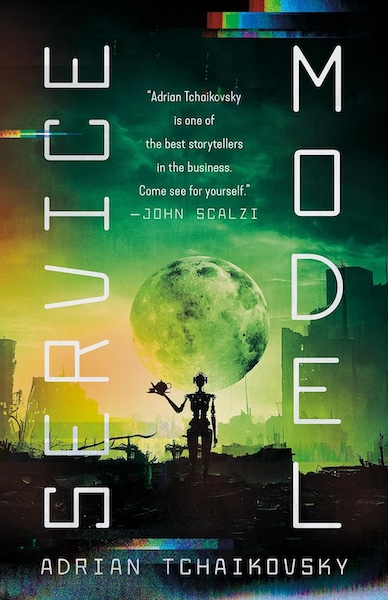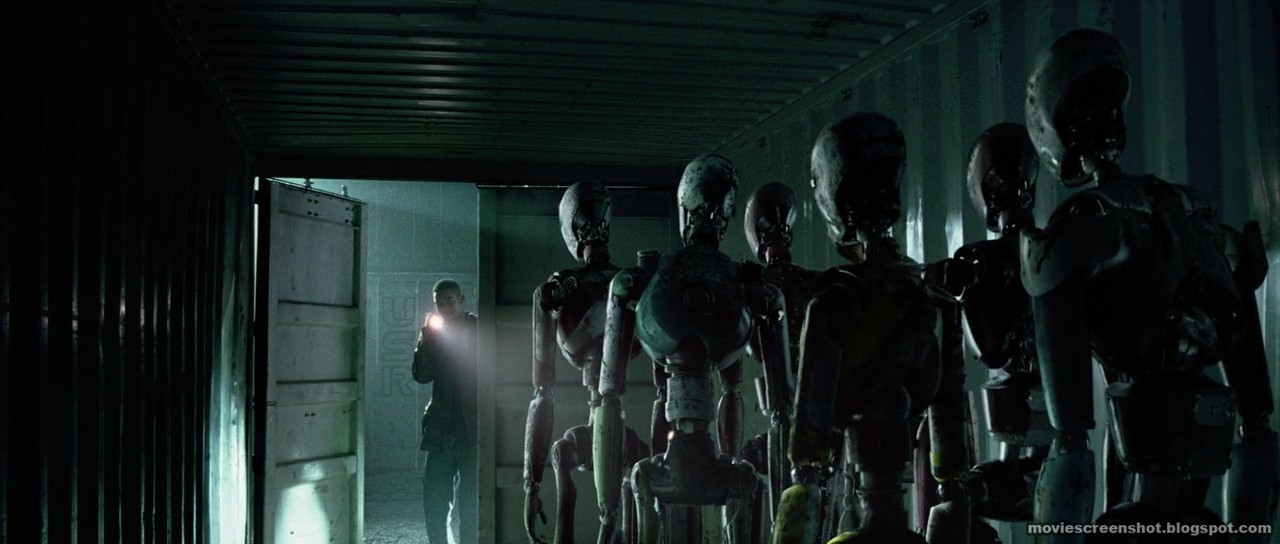Neil Perkin tackles some important leadership points in High-reaching informality (emphasis mine):
Overly formal environments are more likely to be low in psychological safety, and less likely to encourage people to speak up, contribute their ideas, and challenge assumptions or norms. Informality helps to break down barriers, reduces the toxicity and influence of internal politics, helps a team to get the best ideas and to be adaptive in delivery to arrive at better outcomes. […]
It’s useful to think of psychological safety as the bringing together of mutual trust and respect, and also comfort with dissent. Overly or inappropriately formal environments reduce trust down to a transactional relationship: I asked you to do this, so did you do it? Whilst dependability is important, trust is also built on competence, confidence, integrity, and empathy.
This relates to something that’s been on my mind quite a bit over the past few weeks: the question of what it means to be “boss”. The “transactional relationship” that Neil describes above is one I will always avoid with all my heart with my teams.
I was lucky early in my career. When I first joined eBay I had a fantastic manager. He was empathetic and people-first, and yet strongly business-driven. He coached me, corrected me, taught me how to speak the language of business, challenged me… but above all, it felt like he was on my side. I had someone in my corner, someone rooting for me, someone to help me navigate a gigantic organization while I really felt like I had no idea what I was doing. He didn’t react negatively to bad news or frustrated questions, he simply said, “tell me more about that.” I will be forever grateful to Christian for the way he set me up for long-term career success.
20 years later I know just how lucky I was. From my conversations with teams and candidates over the past year or so it has become clear to me that very few people have the privilege of working with a good manager early in their career—someone who is supportive yet determined for us to do the best work of our lives, together. This seems particularly acute in the middle management layer1, where organizations spend very little time on training new leaders. From The Strengths, Weaknesses and Blind Spots of Managers:
Worldwide, the cost of poor management and lost productivity from not engaged or actively disengaged employees is $8.8 trillion, or 9% of global GDP. Changing how people are managed is perhaps the easiest way to boost productivity within organizations.
Yet, the majority of managers receive little feedback on how effectively they manage their team. Less than half of U.S. employees (42%) report having the opportunity to formally provide feedback to their manager, and fewer than one in four (24%) have formally rated their manager’s performance.
I’m not sure what the solution is, but I do think this is an important problem to call out and watch out for. Do you have transactional leaders in your company, or relational ones? The transactional leaders might initially appear to be more effective, but everything I’ve learned up to this point in my career has shown me that those benefits are short-lived, and almost always end up with disengaged, resentful team members. As leaders we are not here to tell people what to do. We are here to provide strategic direction and context, and coach our people—as part of the same team—on how to make the business and themselves successful for the long haul.
PS. If you’re looking for a book that covers these topics really well, give Good Authority: How to Become the Leader Your Team Is Waiting for by Jonathan Raymond a go.

